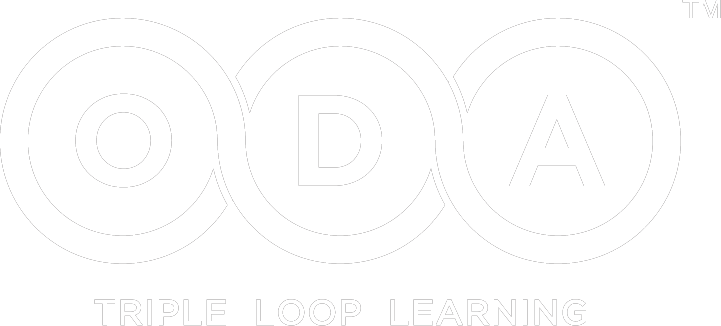- Home
- newsletter#3
- Power-Distance and Inclusive Culture: APAC Perspective
newsletter#3
If you have an interest in global leadership you would have definitely heard of the Hofstede cultural dimensions model. This model examines what good leadership means in different countries and one of the dimensions most talked about in the model is that of ‘Power Distance’. Power distance is defined as “the extent to which less powerful members of organizations accept and expect that power is distributed unequally.” Typically, Power distance is categorized into high and low, and many national cultures reflect different degrees of power-distance. Here is an example of how power-distance looks across different countries:

High power-distance characterizes a hierarchical approach, top-down autocratic managers and faster decisions due to less resistance. Low power-distance environments on the other hand, reflect participatory manager and decision making and employees who voice their opinions freely irrespective of their levels in the hierarchy. It is a more distributive power system where the manager and subordinate are considered equal and communication is open with free flow of information from managers to team members and vice versa. This leaves employees committed satisfied and enthusiastic to do more and exert that discretionary effort. Different national cultures exhibit different degrees of power-distance and managers usually in those countries behave at their workplaces according to those learnt cultural norms. For instance, radically opposite country specific approaches were obvious when an INSEAD professor polled hundreds of managers worldwide to check what they felt about managers having answers to the questions their teams may raise about work, while 45% Japanese managers claimed it was very important, only 7% Swedish managers felt so.
These behavioral norms influenced by power distance, do have strong linkages to culture of inclusion in a workplace. As a part of their Diversity Equity and Inclusion agendas, what progressive global organizations are doing today is to drive a consistent set of inclusive leadership behaviours across various geographies across the globe. These generally revolve around encouraging views from all team members, respecting each one’s contribution, inviting opinions while making important decisions and challenging own biases while encouraging others too to do the same. On the other hand, the cultural dimension of power distance in that nation often determines:
– How much respect or deference is shown to authority and bosses, and various ways of expressing that respect. Examples : By accepting status quo, Attitude of ‘Boss is always right’ or ‘Do as told as a senior is saying so’, ‘Don’t think, just do as told’
– How would you communicate a message to someone two or three levels higher in the hierarchial chain example. Examples: Calling out behaviours and cultural issues to a senior up the rung without being worried about repercussions or putting forth ideas which are different that your immediate boss or manager
– An employee’s choice to speak up and voice concerns freely to seniors two or three levels up in the hierarchy. Example: When given opportunity to speak to senior / top management
As we know, in the APAC region, most countries like China, India, Malaysia, Singapore, Indonesia, Hong Kong (barring a few like Australia, New Zealand), have high power distance index when compared to other countries like Austria, UK, US, Nordic countries among others. What we also know is that APAC has been slower than other parts of the world to embrace Diversity, Equity and Inclusion journey.
So, ending with a few questions to ponder on and few musings to reflect:
Is the high power-distance in these countries preventing employees to speak up, contribute their views openly and bring their whole selves to work?
Is the high power-distance really coming in the way of those inclusive leadership behaviours we want to see in people leaders?
Is the high power-distance slowing down the journey of creating truly inclusive cultures?
I believe what may help is that when we weave the large-scale culture interventions to create global managers and workforce with inclusive mindsets, we understand the backdrop of power-distance dimension in that geography and make customized efforts to drive one company culture and set of inclusive values. And we do so with certain awareness of why the needle is moving fast in some geographies and painfully slow in others, and we feel comfortable with varying the amount of effort we need to exert. And lastly, I believe there is scope to reflect more, research more, observe more and stay curious to further evolve our possibilities and approaches in this area.
Dr. Sweta Mohapatra is a researcher, practitioner and continuous learner in the area of Inclusion, Diversity and Equity, and currently works with a US based Fortune 100 Firm supporting their Diversity strategy and research function. She is an ICF certified coach, a Vital Voices Fellow and is engaged in advocacy around gender balanced leadership and pro-bono mentoring and coaching for women in corporates and entrepreneurship.
Please click here to download the latest OD PUBLICATION.


